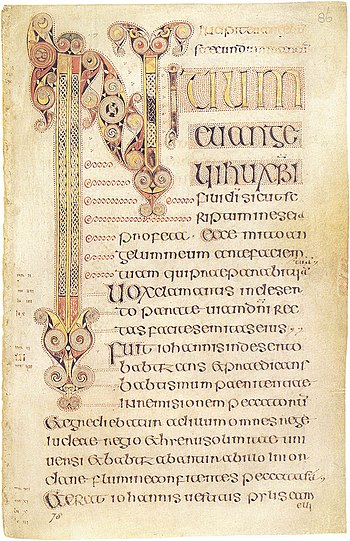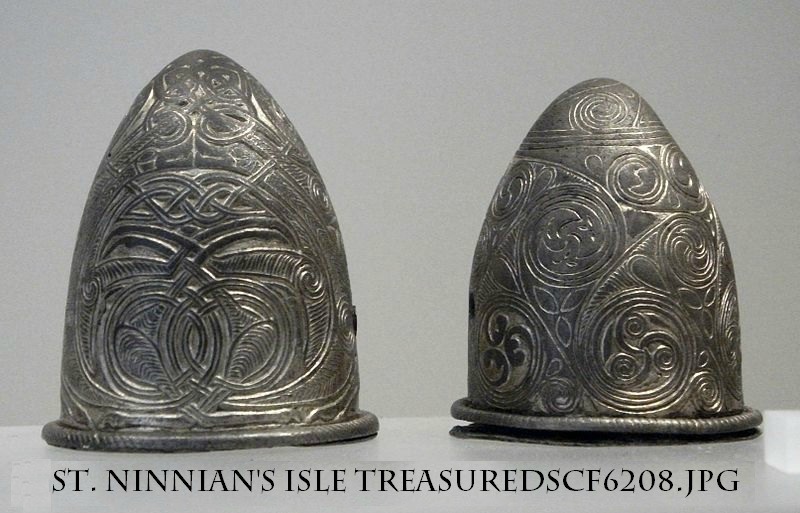Last time we asked: Is there an easy way to locate sources?
For those of us without academic library access the best approach is to use a specific search engine: Google Scholar. This search engine is specifically geared to serious research and eliminates most of the flaky sites and commercials. That does not, of course, mean that old articles can’t be there. What I like to call “Antiquarian specials” will still show up, but the date when the article or book was published is listed. So watch out for reprints of older journal articles and books.
Another very important point that I want to make is that you can’t stop at the first page of searches. The number of people that I have run across that do this is really sad. No one said researching is always easy. If you want the information you may have to go through 20 pages to find it. I can’t tell you the number of times that I was a bit discouraged by the lack of information that I found, and the next page contained that one article that was a gold mine of information. And making slight changes in how you search can make a huge difference, too. Write down the search terms that you have used and actively try to think of other ways to search for information. As I mentioned before, adding Scotland to “Picts” will eliminate a lot of extraneous material.
My next point is probably the most difficult to deal with. We currently know very little about the Picts. We have no idea where they came from or when they arrived in northern Scotland. Cultures like this are a perfect candidate for ” fantasy history”, also known as “booja, booja”. The way this works is that you choose a culture that has very little known about it, and you link it to another culture (usually one that is fairly geographically distant) that has very little known about it. It creates an exciting, romantic, almost sci-fi sort of link, sort of like believing that Stonehenge was beamed in by aliens.
The best example of “booja,booja” involving the Picts that I have found was equating the pre-Christian religion of the Picts with the Indo-European religion of Mithraism. There is very little information about either one, and they are both mysterious, so why not? I enjoy fantasy as much as the next person, but as a professionally trained Archaeologist I prefer science whenever possible. If you really want to read a scientific attempt at deciphering what the religion of the Picts might look like, here is an academic article about the topic. It is actually a pretty cool analysis of a stone carving. And if you would like to hear what a frustrated academician feels like when they find a mish-mosh of cultures, mixed together with neo-paganism and a little criminal trespass and presented as a valid “fact”, I present you with another article, “Shamans, stones, authenticity and appropriation: contestations of invention and meaning”.
Next Time: Being Picky About the Picts




